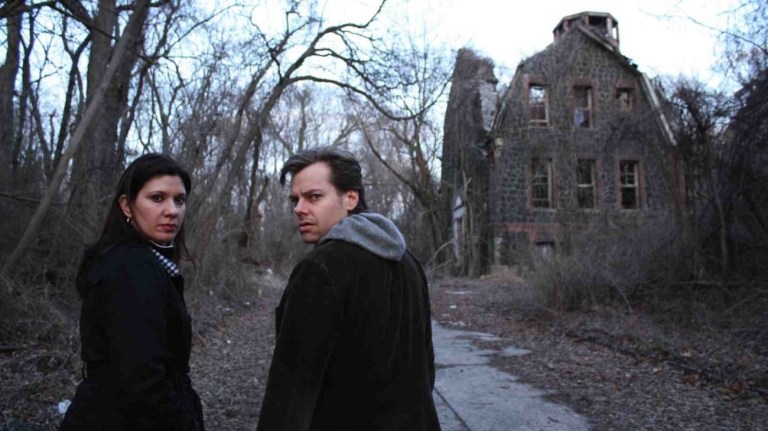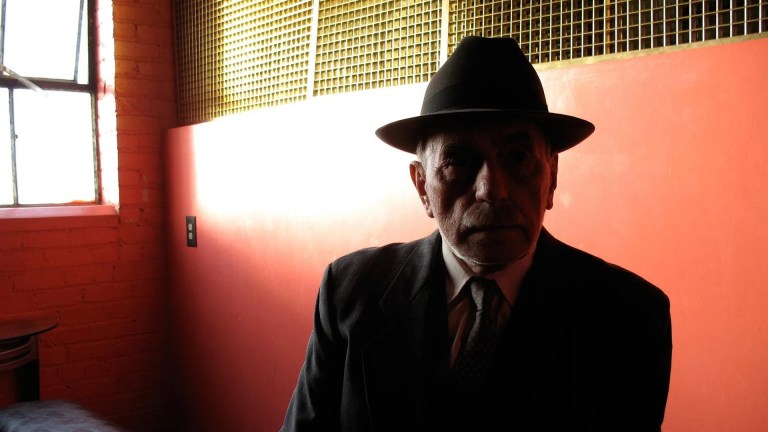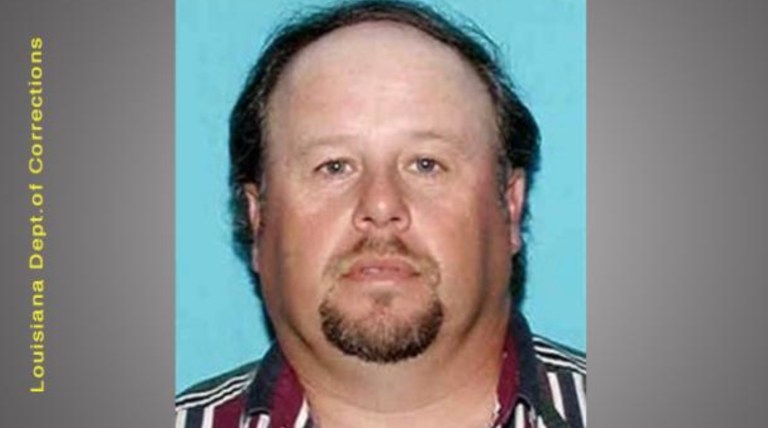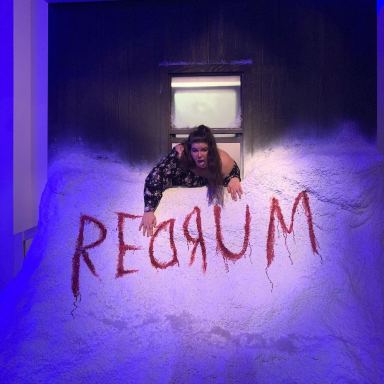5 Scary Serial Killer Documentaries (and Where to Stream Them)
There are anywhere from 25 to 50 serial killers prowling the USA at any given time.

The FBI defines a “serial killer” as someone who kills three or more people in a series of separate incidents. A serial killer is different from a “mass murderer” in that a mass murderer kills several people at once, almost always with a gun. According to estimates, there are anywhere from 25 to 50 serial killers prowling the USA at any given time.
Serial killer documentaries attempt to make sense of a behavioral pattern that is beyond most normal people’s ability to rationalize and justify. Using archival footage, interviews with forensic psychologists and homicide investigators, and tracing life stories that are almost always ravaged with childhood sexual abuse and violence, these films attempt to piece together and contextualize what sort of damaged person would lash out against and terrorize both innocent victims and society at large.
Albert Fish: In Sin He Found Salvation (2007)

Widely regarded as one of the sickest murderers who ever lived, Albert Fish—AKA the Moon Maniac, The Boogeyman, the Gray Man, the Werewolf of Wysteria, and the Brooklyn Vampire—was convicted of killing three children, suspected of killing at least five more, and once claimed to have dispatched at least 100 young victims. A remorseless sadomasochist who somehow was able to find biblical justifications for his predations, he sometimes cannibalized his victims. He was most notorious, though, for sending letters to the parents of victims taunting them about exactly what he’d done to their children. He died via the electric chair in 1936, but the first jolt didn’t work because an X-ray later revealed that the Fish had implanted dozens of needles in his scrotum, initially causing a short-circuit. DVD Talk called the documentary “A very well made and well directed examination of one of American history’s most unusual and depraved subjects.”
Cropsey (2009)

For years in the New York City area, an urban legend circulated about “Cropsey,” a mythical escaped mental patient with a hooked hand who would kidnap children and drag them through through tunnels underneath an abandoned sanitarium on Staten Island. Having been traumatized by these rumors as children, filmmakers Barbara Brancaccio and Joshua Zeman link the urban legend to the sickening real-life case of Andre Rand, a Staten Island-based criminal who was only convicted of kidnapping a girl with Down syndrome but is suspected of killing as many as four children and a mentally impaired man in his early 20s. Cropsey also delves into speculation that Rand was involved in satanic ritual sacrifice. Roger Ebert described the film as “a creepy documentary with all the elements of a horror film about a demented serial killer, and an extra ingredient: This one is real.”
The Family: Inside the Manson Cult (2009)

Few alleged killers have etched themselves so deeply in the American subconscious as Charles Manson—and he’s an “alleged” killer because he possibly did not personally commit any of the Manson Family murders. Instead, the clearly insane but wildly charismatic hippie leader persuaded his rabid followers to carry out the murders, especially the infamous Tate-LaBianca murders that occurred in August 1969 and became an emblem of the deep generational divisions in the country at the time.
The Manson Family was also a foreboding that there was something dark about the hippie movement, when previously it had been about peace, love, and flower power. This documentary features several dramatic reenactments and extended interviews with Linda Kasabian, who was present at both the Tate and LaBianca murders but did not kill anyone herself. Kasabian received immunity from prosecutors in exchange for testifying against the “Family.” The documentary also interviews prosecutor Vincent Bugliosi, who once again puts forth the “Helter Skelter” theory that the killings were intended to start a race war, but much of narrative centers around the idea that Manson was chiefly a failed musician who sought vengeance against a record producer who’d rejected him—Terry Melcher, who’d previously occupied the house where Sharon Tate was killed.
Bayou Blue (2011)

According to the FBI, Ronald Dominique may have committed the longest-lasting spate of serial murders, as well as the highest death toll, of any serial killer in America in the two decades leading up to his apprehension at a Louisiana homeless shelter late in 2006. Dominique met many of his victims in gay bars, where he was known for dressing up in drag as his idol, singer Patti LaBelle. His 23 confirmed victims—most of them black, many of whom were raped before being killed and then dumped in rural woods and bayous around New Orleans—would have ordinarily made his case a huge media event, but the whole story was drowned out by the fact that New Orleans had recently suffered the devastating Hurricane Katrina, which wound up dominating the headlines both internationally and in the New Orleans area.
I’ll Be Gone in the Dark (2020)

Michelle McNamara was the wife of comedian Patton Oswalt until she abruptly died in her sleep in 2016 at the age of 46. For years she’d diligently researched a series of unsolved crimes, including at least 13 murders, that occurred mostly in central California between 1974 and 1986. McNamara was the only person who linked all the crimes to the same perpetrator, whom she dubbed the “Golden State Killer.” Before her untimely death, McNamara had published a true-crime book called The Golden State Killer revealing her findings. After her death, investigators were able to build upon her research and eventually nab Joseph James DeAngelo, Jr., a former police officer, for the murders. This true-crime documentary series traces the history of McNamara’s stellar detective work—which turned out to be more effective than the work of actual police detectives. Upon DeAngelo’s arrest, Patton Oswalt wrote on Instagram, “You did it, Michelle. Even though the cops are never going to say it, but your book helped get this thing closed.”
